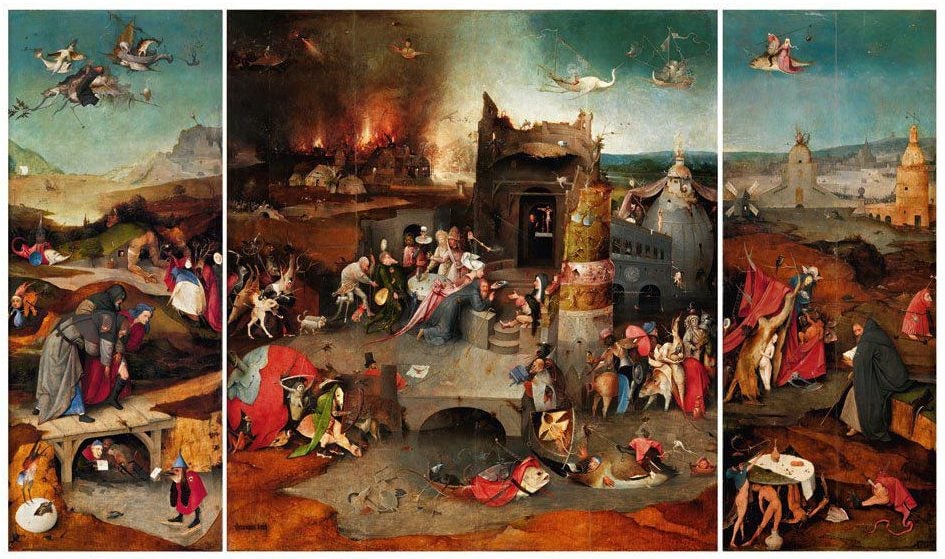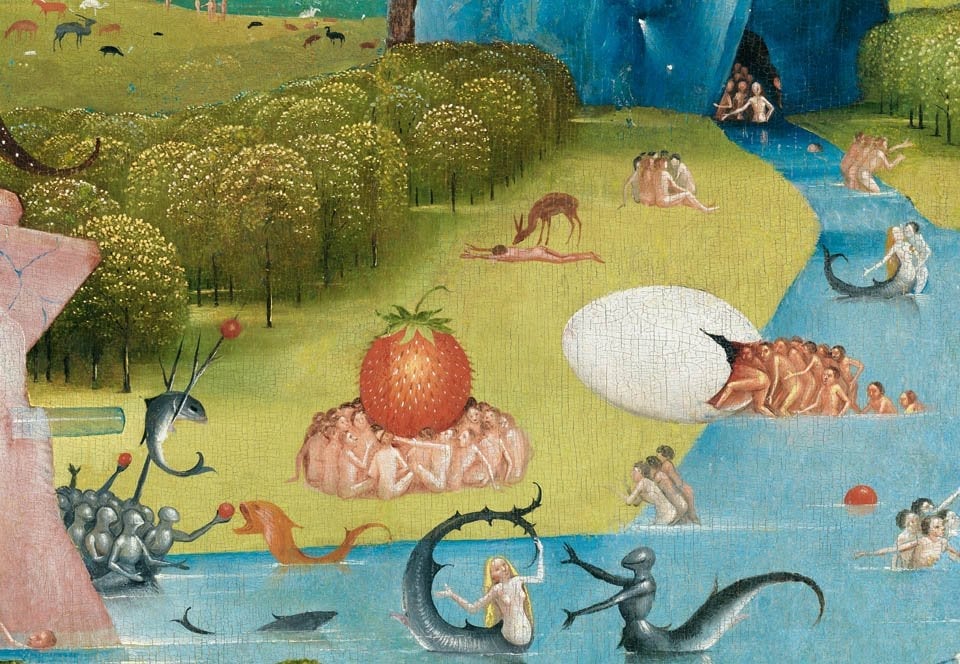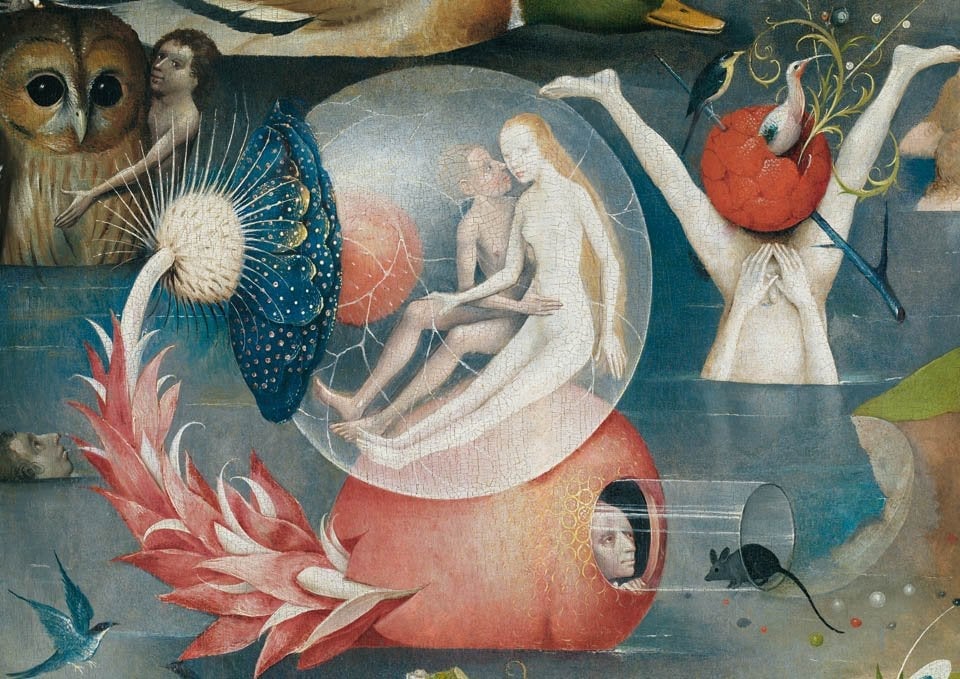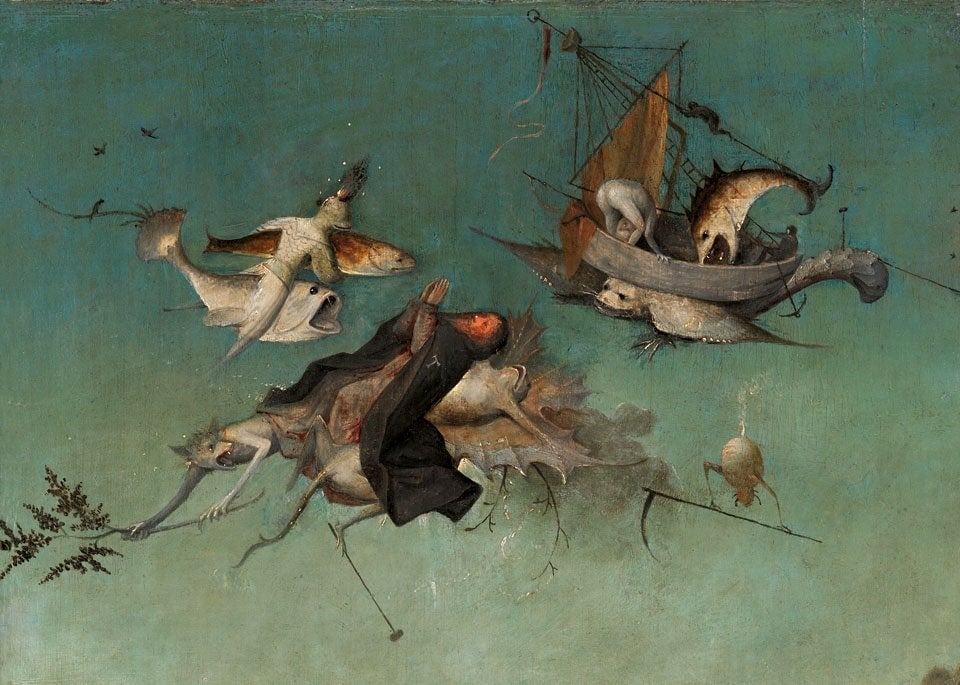Photos: The 500-year-old painter who can still blow any 16-year-old’s mind
When I was 16, the two most exciting things to happen to my high school class were:


When I was 16, the two most exciting things to happen to my high school class were:
- an incredible literature teacher who was a university professor, and for unclear reasons decided to devote two years of his life to teaching medieval literature to a bunch of teenagers;
- the prospect of our first field trip outside the country. (I grew up in Italy.)
The very best part: we could choose our destination, and our teacher, with two others, would chaperone us wherever we decided to go.
The plan sounded perfect except for a small detail: We couldn’t just pick a destination at random. It needed to make sense culturally, fit in our curriculum of study, and be provably the best possible use of our three days off. It was a bit like those work visa interviews where you have to demonstrate you’re the only person qualified for the job.
Somehow our teacher threw at us the idea that we should spend three days (the maximum allowed extent of a third-year field trip) in Portugal. But how were we going to justify a field trip to a country whose language we didn’t speak and which had barely figured in of our classes?
Fortunately, he had an answer for us, in Portuguese: As Tentações de Santo Antão, the painting known in the original Dutch as Verzoeking van de heilige Antonius, and in English as The Temptation of Saint Anthony, by Hieronymus Bosch.

The Temptation—or As Tentações, as I will forever call it, because we’re pretty close friends now—is a 1502 triptych depicting the struggle of Anthony the Great, who was subject to unbelievable temptations during his time in the desert of Egypt. The painting is on display in Lisbon’s Museu Nacional de Arte Antiga.
I remember getting to the museum with no clue that this painting was a big deal. When you grow up in Italy, the idea that one single piece of art could justify a trip to any other country seems ludicrous.
This was good. Because when I saw it for the first time, the full force of Bosch’s painting hit me like perhaps no artwork had done before. I remember staring at it and repeating in my head: how could this painting be old, like, really old? Did anyone know this guy was panting flying monsters and half-armor, half-fish creatures falling in love with mermaids? I’d been taught of art history as a straight line, and on that line abstraction and absurdity, came very early on as accidents, and only much, much later (in the 20th century or so) as conscious choices.
But look at this! Really, look at this. A man and his beloved are flying away on a fish with transparent wings. How did this happen, in the 16th century?

As Tentações—a work of such chaotic and terrifying beauty that it embodies the very concept of being tempted—forever altered my understanding of art history. Later on, it wasn’t surprising to find metaphysical accents in Paolo Uccello’s 14th century paintings, or cubism in traditional African masks.
Nothing, however, will match the disbelief I still feel whenever I encounter Bosch’s work. Every painting is a collection of stories; in every detail, there are more nightmares and dreams than you could ever come up with. It’s Surrealism long before Surrealism existed and, dare I say, wilder. Think about living in the 16th century Netherlands, and then bumping into one of his works: a crowd of naked strawberry-worshippers!


You can see plenty of Bosch works online. A recent, utterly amazing interactive version of the painter’s The Garden of Earthly Delights is a great online destination for some of this marvel. The painting has inspired an equally hallucinogenic modern-day take, The Garden of Emoji Delights, by New York artist Carla Gannis.
But for real life and outside museums, Stefan Fischer’s Hieronymus Bosch: The Complete Works, published by Taschen last year, is an excellent option. An exhaustive catalog of the painter’s work, this book is a collection of magic, the point of a arrival of a billion stories you hadn’t yet imagined possible.
To keep this Dutch master’s work within arm’s reach is to have the option of having your mind completely blown at a moment’s notice. It’s a gift you should give yourself.



